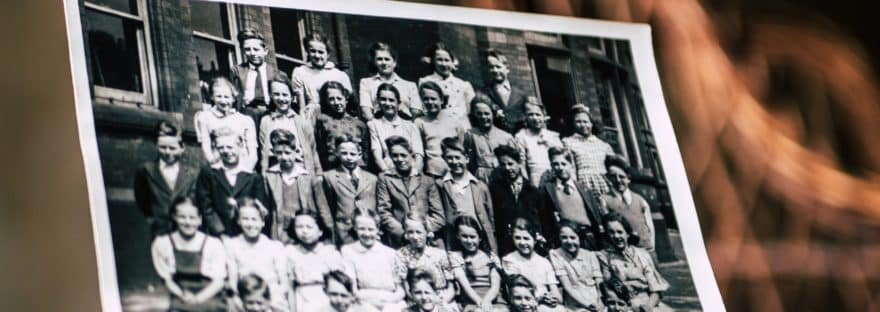The Mission to End Human Trafficking
You’ve probably heard about human trafficking in the news, but do you really know how widespread it is or what’s being done to stop it? Human trafficking is one of the worst humanitarian crises of our time, with millions of victims trapped in forced labor and the commercial sex trade. But there are heroes fighting this fight every day. Through innovative programs focused on combating human trafficking, NGO’s and other organizations like the McCain Institute are empowering survivors, training law enforcement, and pushing for stronger laws and policies to crack down on traffickers and protect victims. Their groundbreaking work is literally changing and saving lives. In this article, we’ll explore how non-profits are champions for freedom and making a real difference in the fight against human trafficking.

Key Initiatives and Programs
NGOs and nonprofits are leading the fight against human trafficking. Through key initiatives and programs, they work to combat this human rights abuse and support survivors.
Training and Awareness
The Institute provides training on trafficking prevention and victim support for law enforcement, social workers, and healthcare professionals across the U.S. and around the world. They also partner with schools and youth organizations to raise awareness about the dangers of human trafficking.
Survivor Support
A major focus is helping survivors heal and rebuild their lives. The Institute funds emergency shelters and long-term housing as well as healthcare, job training, and education for survivors. Their anti-trafficking hotline and survivor advocacy program offer crisis intervention and connect victims with critical services.
Research and Policy
The Institute conducts research on trafficking trends and effective interventions. They use data and real-world expertise to shape anti-trafficking policies and legislation. Partnerships with technology companies aim to disrupt online recruitment and identify victims faster.
Grants and Partnerships
The Institute provides grants and works with NGOs, governments and corporations to enhance the fight against human trafficking. Recent partners include major hotels and airlines training staff to spot signs of trafficking. Together, these public-private partnerships are making a difference and creating real change.
Through research, advocacy, training and victim services, they are champions leading the charge against this horrific human rights crime. Their initiatives are transforming lives, spreading awareness and making communities safer – all in the name of freedom and human dignity.
Partnering With Law Enforcement to Train and Equip Officers
You’ve now heard about these inspiring organizations leading the fight against human trafficking. They are true champions making a real difference through advocacy, intervention, and rehabilitation. Their innovative approaches and dedication to ending modern slavery should give us all hope that this human rights crisis can be solved.
While the statistics around trafficking remain staggering, the victories highlighted in this article prove progress is possible. Their high-level push for policy changes, brave rescue missions, and nationwide advocacy campaigns show that a multi-pronged attack is needed. Together, their life-changing work is reshaping lives and communities for the better.
Though the road ahead remains long, we can find solace knowing champions like these refuse to give up. Their steadfast commitment to combating human trafficking until all people can live freely gives us a model of the compassion and perseverance needed to drive real social change. By supporting and raising awareness of groups like these, each of us can play a role in helping end this devastating injustice once and for all. The fight continues, but the future looks brighter thanks to their resolve. Together, we can all be champions.

